Introduction
One of the most important Hindu temples in India, the Ram Mandir in Ayodhya is steeped in religious devotion, cultural significance, and a long history. The temple, dedicated to Lord Ram, has been at the center of centuries-long religious, social, and political discourse. Now that work on the Ram Mandir is well underway, it has come to represent the religious and cultural legacy of India. In this article, we will explore the Ram Mandir Ayodhya in detail, covering its history, significance, location, opening date, tourism, development, budget, current status, and other key aspects such as Deepotsav.
History of Ram Mandir Ayodhya
The history of Ram Mandir Ayodhya is intricately tied to the Ramayana, the ancient Indian epic, which identifies Ayodhya as the birthplace of Lord Ram. Ayodhya has been a well-known Hindu pilgrimage place for many years. The site where the temple is being constructed is believed to be the birthplace of Lord Ram.
The dispute over this site has lasted for centuries, particularly regarding the Babri Masjid that stood at the same location from 1528 until its demolition in 1992. The mosque was believed to have been built on the ruins of an ancient temple, sparking long-standing religious tensions. After decades of legal battles, the Supreme Court of India, in November 2019, ruled in favor of building the Ram Mandir at the disputed site.
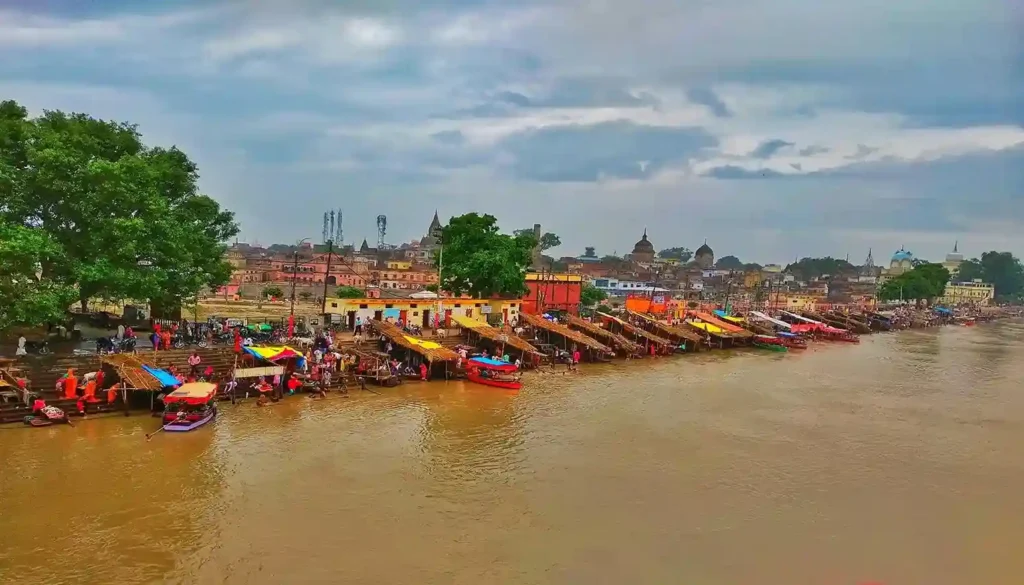
Significance of Ram Mandir Ayodhya
For Hindus worldwide, the Ram Mandir in Ayodhya is of great religious significance. It is not just a place of worship but also a symbol of the return of a sacred space that has deep spiritual meaning. The temple located near Lord Ram’s birthplace symbolizes the significance of this respected figure in Hinduism, who is seen as the embodiment of morality, honor, and justice.
The Ram Mandir is also a symbol of cultural unity and the persistence of faith. It is expected to attract millions of devotees and tourists from across the world, making it a spiritual and cultural hub for Hindus globally.
Location of Ram Mandir Ayodhya
The Ram Mandir Ayodhya is located in the city of Ayodhya, Uttar Pradesh, India. One of the seven most sacred towns in Hinduism, Ayodhya is located on the banks of the Sarayu River. The temple is being constructed on the exact site believed to be Lord Ram’s birthplace, at the Ram Janmabhoomi.
Opening Date of Ram Mandir Ayodhya
Since the 2019 Supreme Court decision, work on the Ram Mandir Ayodhya has been proceeding. The temple’s first phase, including the sanctum sanctorum, is expected to be completed by January 2024. The grand opening took place in January 2024, coinciding with the Makar Sankranti holiday. However, the complete temple complex, with all its planned structures and facilities, may take a few more years to be fully developed.
Timings
Once opened, the Ram Mandir Ayodhya is expected to follow typical temple timings, welcoming devotees from early morning until evening. The tentative opening hours for the temple are from 6:00 AM to 8:00 PM, but the timings may vary depending on religious events and festivals.

Tourism at Ram Mandir Ayodhya
The Ram Mandir Ayodhya is poised to become one of the most visited religious sites in India. The temple is expected to draw millions of devotees and tourists every year. Besides the temple itself, visitors to Ayodhya can explore several other historically and religiously significant sites, such as Hanuman Garhi, Kanak Bhawan, and the banks of the Sarayu River, where religious rituals are performed.
The Uttar Pradesh government has also initiated several projects to improve infrastructure, including road connectivity, hotels, and transport services, to accommodate the anticipated increase in visitors.
Deepotsav
The yearly Deepotsav celebration is one of the most captivating Ram Mandir Ayodhya activities. Deepotsav, celebrated in Ayodhya on the occasion of Diwali, symbolizes Lord Ram’s return to Ayodhya after defeating the demon king Ravana and completing his 14-year exile. The entire city of Ayodhya is illuminated with millions of earthen lamps (diyas), creating a mesmerizing sight that attracts thousands of tourists from across the world.
Deepotsav is celebrated with grandeur and fervor, with the banks of the Sarayu River being lit up by lamps, cultural programs, and grand processions reenacting episodes from the Ramayana. As the Ram Mandir nears completion, the Deepotsav celebrations will only grow in magnitude and splendor, becoming a key event in the temple’s annual calendar.
The 2023 Deepotsav set a new record by lighting more than 18 lakh diyas (lamps), and it is expected that the future celebrations, particularly after the opening of the temple, will draw even larger crowds. Deepotsav will be an integral part of the temple’s celebrations, embodying the essence of light over darkness, good over evil.
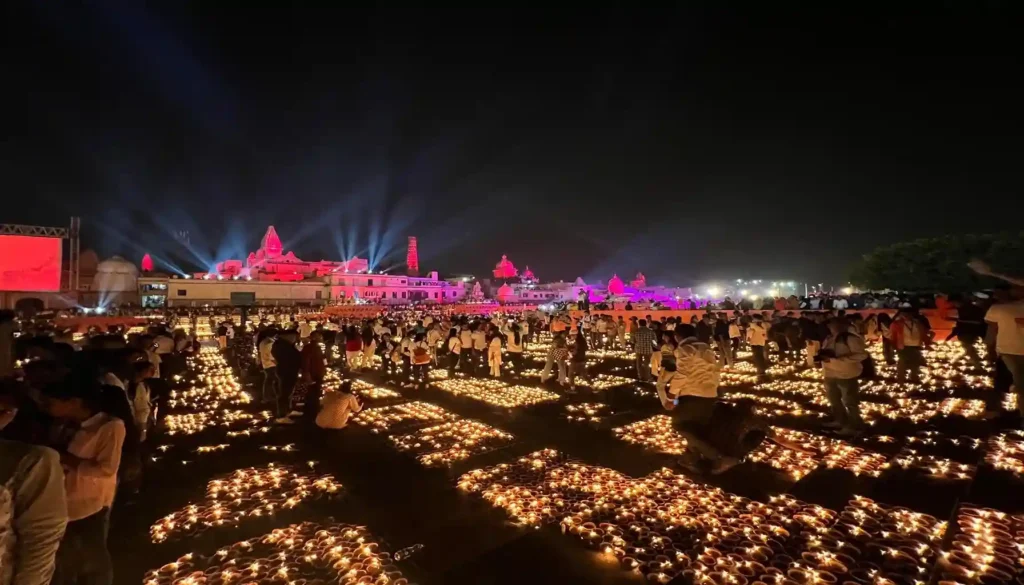
Development of Ram Mandir Ayodhya
The development of Ram Mandir Ayodhya is being carried out under the supervision of the Shri Ram Janmabhoomi Teerth Kshetra Trust. The temple is being constructed using a blend of ancient temple architecture and modern construction techniques. The main structure will be 161 feet high, made from pink sandstone sourced from Rajasthan.
The temple will have five domes, with intricate carvings depicting scenes from the Ramayana. Additionally, there will be a grand entrance, a massive courtyard, and facilities for pilgrims. The temple will have three floors, housing various deities along with Lord Ram’s idol.
Budget of Ram Mandir Ayodhya
The Ram Mandir Ayodhya project is estimated to cost around INR 1,100 crore. Donations for the construction have poured in from millions of devotees, corporate entities, and religious organizations worldwide. The temple’s development is not only religious but also seen as a massive cultural and economic investment, with plans for Ayodhya to develop into a major religious tourism destination.
Current Status of Ram Mandir Ayodhya
As of 2024, the first phase of construction of the Ram Mandir Ayodhya is nearing completion. The foundation and main structure are almost ready, with the sanctum sanctorum expected to be ready for the January 2024 inauguration. Further construction, including landscaping, additional shrines, and amenities for visitors, is progressing swiftly.
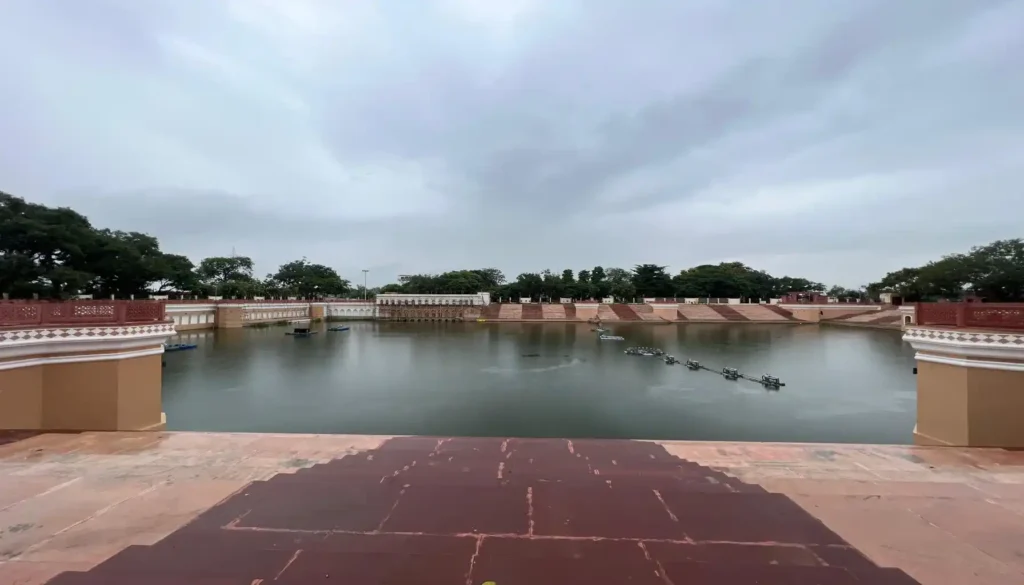
Other Related Information
- Festivals and Celebrations: The Ram Navami festival, celebrated in honor of Lord Ram’s birth, will be the grandest festival at the temple. Other Hindu festivals like Diwali and Dussehra will also see massive gatherings at the Ram Mandir.
- Economic Impact: The development of the Mandir is expected to bring economic benefits to the region through tourism. Local businesses, hotels, and the service industry are projected to grow significantly as the temple attracts millions of visitors.
- Security Arrangements: Given the historical significance and the anticipated large influx of tourists, comprehensive security arrangements are being put in place to ensure the safety of visitors.
- Cultural and Educational Programs: The temple complex will also feature a museum, showcasing the rich history of Ayodhya and the Ramayana. Cultural and educational programs will be conducted to spread the message of Lord Ram’s life and teachings.
Conclusion
The Ram Mandir Ayodhya is not just a temple but a testament to India’s enduring spiritual heritage. With its rich history, religious significance, cultural celebrations like Deepotsav, and economic impact, the temple will stand as a monument to faith, unity, and devotion. As the temple nears completion, millions of people eagerly await the day they can witness its grandeur and offer prayers at the birthplace of Lord Ram.
The Ram Mandir will undoubtedly transform Ayodhya into a global spiritual hub, connecting people to their faith while fostering tourism and development in the region.

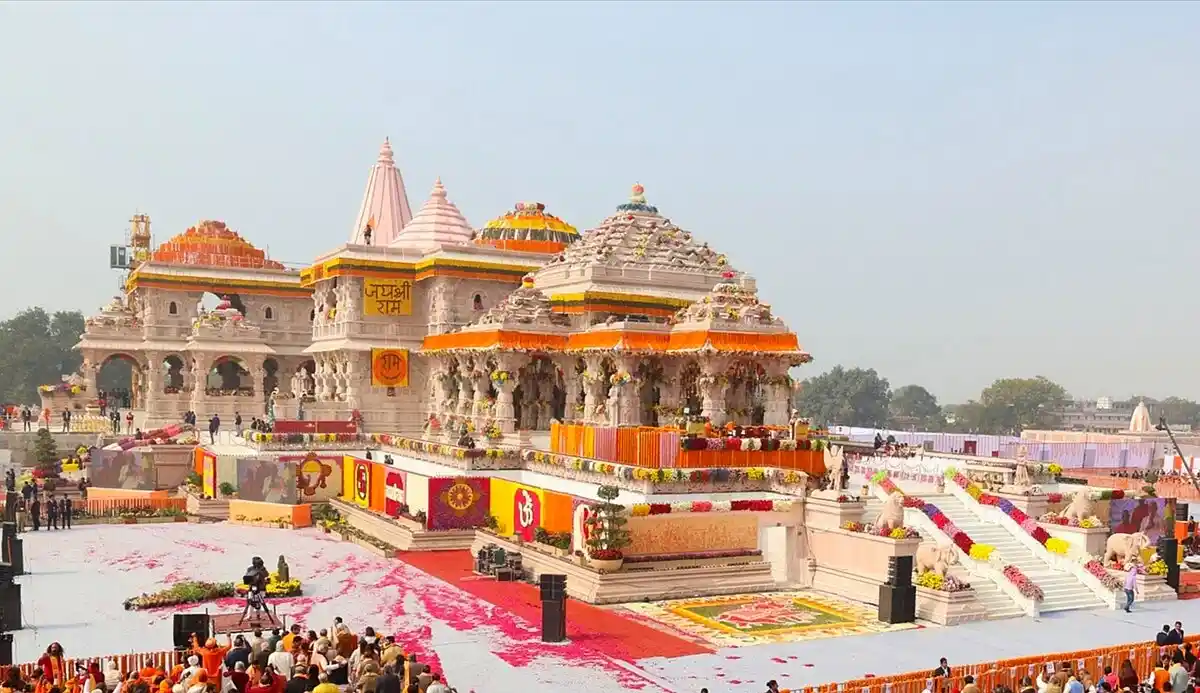
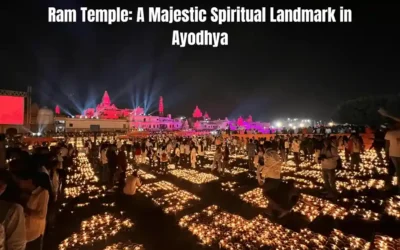


0 Comments